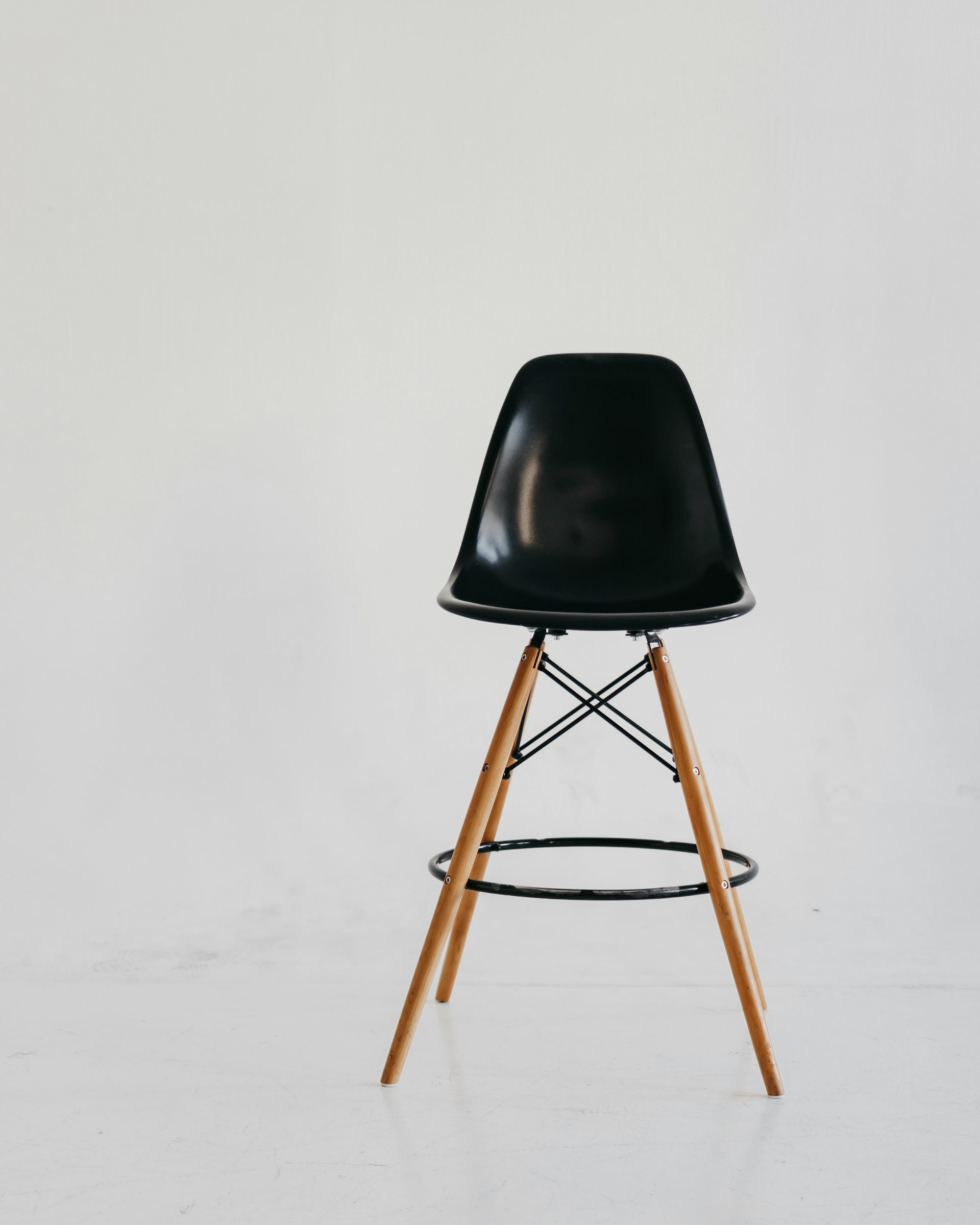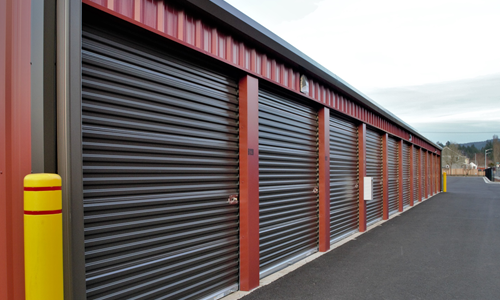Blog
Blog

March 27, 2025
Storing furniture in a storage unit requires a bit of planning and care to ensure that your pieces remain in great condition. Whether you're storing items temporarily during a move or for the long term, following the right steps will help protect your furniture from damage. At Alliance Self Storage, we provide secure and accessible storage solutions to meet your needs. Here are the best practices for storing furniture in a storage unit: 1. Clean Your Furniture First Before storing any furniture, thoroughly clean and dry each piece. Dust, dirt, and moisture can cause long-term damage or mold growth. Wipe down wood surfaces with a damp cloth and use appropriate cleaning products for fabric or leather upholstery. 2. Disassemble Large Items If possible, disassemble large furniture pieces like bed frames, bookshelves, or tables to save space and prevent damage. Keep all screws, bolts, and hardware in a labeled bag taped to the furniture piece. 3. Use Furniture Covers Protect your furniture with protective covers. For fabric-covered pieces like couches and chairs, consider using furniture moving blankets or plastic covers to shield against dust and dirt. Avoid using plastic covers directly on wood or leather, as they can trap moisture. 4. Store Furniture Upright Whenever possible, store large furniture pieces like couches, armchairs, or mattresses upright. This helps save floor space and reduces the risk of fabric or cushions getting compressed or damaged. 5. Use Pallets or Raised Platforms Place your furniture on pallets or raised platforms to protect it from moisture and potential flooding. This also helps with air circulation around your items. 6. Stack Furniture Carefully Stack furniture pieces in a way that avoids putting weight on delicate or upholstered parts. For example, avoid stacking heavy items on top of couches or chairs. Stack pieces like tables and dressers to optimize vertical space. 7. Wrap Delicate Furniture in Moving Blankets For items that are fragile or have delicate finishes, use moving blankets or foam padding to protect them from scratches or dents. Wrap the furniture securely and use packing tape to keep the blankets in place. 8. Keep Furniture Away from Walls Leave some space between the walls of the storage unit and your furniture. This prevents your items from absorbing moisture from the walls, which can cause mold or mildew buildup. 9. Use Anti-Moth or Pest Control Products To protect your furniture from pests, place mothballs or pest-repelling sachets around your stored furniture. This is especially important for wood furniture and fabrics that attract insects. 10. Visit Your Storage Unit Regularly Check on your furniture periodically to ensure everything is in good condition. If you’re storing items for an extended period, make sure to rotate pieces and inspect for any signs of damage or pest infestation. Secure Storage with Alliance Self Storage At Alliance Self Storage, we provide secure, clean, and easily accessible storage units for all your furniture storage needs. Whether you're storing items temporarily or for the long haul, our units are the perfect solution. Contact us today to find the ideal storage space for your furniture!

February 14, 2025
When storing your belongings for an extended period, taking the right precautions can help keep them in excellent condition. At Alliance Self Storage, we provide secure and reliable storage solutions, but proper preparation is key to preventing damage and ensuring your items remain safe. Here are the essential do’s and don’ts of long-term storage. Do’s of Long-Term Storage 1. Choose the Right Storage Unit Selecting the correct unit size allows you to store your belongings without overcrowding. Consider how much space you’ll need and whether you’ll need access to certain items while they’re in storage. Our team at Alliance Self Storage can help you find the best unit for your needs. 2. Use Sturdy Packing Materials Invest in strong boxes, plastic bins, packing tape, and furniture covers. High-quality materials protect your items from dust, moisture, and accidental damage. 3. Label Your Boxes Clearly Make it easy to find what you need by labeling each box with its contents. If storing a large number of items, consider keeping an inventory list for better organization. 4. Keep Items Off the Floor Using pallets or shelving helps protect your belongings from potential moisture and improves airflow in your storage unit. 5. Visit Your Storage Unit Periodically Even if you don’t need anything right away, it’s a good idea to check on your items every few months to ensure everything remains in good condition. Don’ts of Long-Term Storage 1. Don’t Store Items Without Proper Protection Furniture should be covered with blankets or sheets to prevent dust buildup. Wrap fragile items in bubble wrap and avoid placing anything directly on the unit floor. 2. Don’t Store Perishable or Prohibited Items Food and other perishable goods can attract pests and create odors. Additionally, avoid storing flammable, hazardous, or illegal materials. 3. Don’t Overpack Boxes Overloaded boxes can collapse under pressure or become too heavy to lift. Pack strategically, distributing weight evenly. 4. Don’t Forget to Lock Your Unit While Alliance Self Storage offers a secure facility, using a high-quality lock adds an extra layer of protection for your peace of mind. 5. Don’t Overlook Storage Insurance Consider investing in storage insurance for added security. While we take every precaution to protect your belongings, insurance offers additional coverage for unforeseen events. Store with Confidence at Alliance Self Storage At Alliance Self Storage, we make long-term storage simple and secure. Whether you're storing household belongings, business inventory, or seasonal items, we have the perfect storage solution for you. Contact us today to find the right storage unit for your needs!